Mount Koya, located at the Wakayama Prefecture in the Kansai Region, is one of the most sacred places in Japan. It used to be home purely for spiritual experiences and pilgrimages for those who seek religious connection, but today it is slowly attracting more travelers with its distinct vibe and lush landscapes. It houses the mausoleum of Kobo Daishi, the founder of Shingon Buddhism, in a hallowed and beautiful cemetery—the largest in Japan—and people visit to reflect and reconnect. Kobo Daishi himself built some of the structures in Mount Koya, which are being revered and taken care of up to this day.
Merely 2 hours away from Osaka, Mount Koya (also known as Koyasan) is a popular "power spot" (パワースポット) for the Japanese, and they visit it to recharge. For travelers, however, it's a must-visit especially if you are looking for something beyond the “generic” Kansai itineraries. There’s so much more to see aside from the touristy spots like Dotonbori in Osaka and Kiyomizu-dera in Kyoto—and quaint destinations like Koyasan are proof. There’s a certain magical vibe everywhere you look, and an inexplicable sense of calm. Buddhist or not, you will feel something in Mount Koya.
Before You Go
1. Like the rest of Japan, there’s a lot of walking involved when exploring Koyasan. As such, make sure you wear comfortable footwear, and bring water, hats (summer), and bonnets and scarves (colder months).
2. Situated 800 meters above sea level, Mount Koya has cooler weather than Osaka and Kyoto. Imagine this: we visited during springtime (April), but the weather forecast in Mount Koya was a small chance of snowfall. In fact, from March to May, temperatures range from 12.3°C/54.1°F to 25.4°C/77.8°F. The summer months are generally a little warmer, and there are less tourists. Winter (December to February) is extremely cold, with temperatures falling up to 9°C/48.4°F and precipitation being more frequent.
3. Some spots in Mount Koya are extremely sacred. It is important that as travelers, we respect the local beliefs and traditions. Bow your head to show respect when it is customary and avoid photography in areas where it’s not allowed.
4. Mount Koya is huge—so plan accordingly. If you wish to see majority of the important sites, plan to stay overnight. Details of temple lodging are included at the bottom of this post.
How to Get to Mount Koya from Osaka by Train
With Japan’s efficient train system, it’s easy to go to Mount Koya from Osaka—although the travel time is quite longer compared to going to Kyoto or Nara. The fastest route involves 3 rides and takes approximately 1 hour and 45 minutes.
From Namba Station:
Take the Nankai-Koya train heading to Gokurakubashi Station. If it’s a Limited Express train, it will take you directly to Gokurakubashi; otherwise, you have to get off at Hashimoto Station and change trains to get to Gokurakubashi. This leg(s) takes around 1.5 hours and has 23 stops. From Gokurakubashi Station, transfer to the Koyasan Line and take the cable car that goes up to Koyasan Station. This ride takes only 5 minutes—the uphill views are amazing.
Once in Koyasan Station, you have to take a bus to the town center—or to your desired destination in Mount Koya. Walking from the station to the town center is not allowed.
Total cost: ¥1,390
From Umeda Station:
Travel time from the Umeda area is slightly longer. From Umeda Station, take the Midosuji Line heading to Nakamozu and get off at Dobutsuen-Mae Station (6 stops). Then, transfer to the Nankai-Koya Line (Shin-Imamiya Station) and take the train headed to Gokurakubashi (22 stops).
Alternatively, if you have a JR Pass, then you can take a JR train via the JR Osaka Loop Line (starting point: Osaka Station) heading to Shin-Imamiya Station (8 stops). From here, transfer to the Nankai-Koya Line and head to Gokurakubashi (22 stops).
From Gokurakubashi, transfer to the Koyasan Line and take the cable car that goes up to Koyasan. Finally, take the bus heading to the town proper.
Total cost: ¥1,620
-----------------------------------------------------------------------------------------------------------------
On Japan's Train System
The train system in Japan can be really confusing at first, especially with all the different types of passes available (Kansai Thru? JR Pass?) and the different operators. However, studying the train maps beforehand and planning your itinerary with a knowledge of the train routes will help you save both time and money. I wrote a section on how to decide which train pass to get when traveling around the Kansai Region in my Osaka Travel Guide. You might want to check it out as well to help you plan your visit to Mount Koya.
It also helps to carry a pocket Wi-Fi at all times, so you can check train routes (including prices) real-time. You can rent one here.
-----------------------------------------------------------------------------------------------------------------
How to Get to Mount Koya from Kansai Airport by Bus
Most travelers would probably have Osaka as the base point, but if you’re traveling directly to Koyasan from Kansai International Airport and for some reason you don't want to take the train, there’s a bus service that goes there directly. The bus leaves the airport at 11:17AM and arrives at Koyasan at 1:15PM. Tickets are priced at ¥2,000 for adults and ¥1,000 for kids, but if you book in advance, you get 10% off. More information and booking instructions here.
-----------------------------------------------------------------------------------------------------------------
Foodie Tip: Before you ride the bus going downtown, pop into the cafe right at the bus station. They sell amazing udon, perfect for the chilly weather in Koyasan!
-----------------------------------------------------------------------------------------------------------------
Getting Around
There are 3 bus routes in Koyasan. Two of them start from Koyasan Station and connect to either Daimon (the typical entry point for visitors who plan to go hiking or doing a pilgrimage) or Okunoin, the site of the mausoleum of Kobo Daishi. The third route goes from Daimon to Okunoin and vice versa. All routes pass through the center of town (Senjuinbashi).
Your itinerary will dictate which bus to choose. In our case, we headed first to Okunoin, which also feature the largest cemetery in Japan. We only did a day trip to Mount Koya, so we had no time to see the pilgrimage trails on the other side (some trails go as far as Gokurakubashi—yes, a downhill hike to the place where you took the cable car). Outside Okunoin, there are other shrines and temples you can visit. You may choose to walk or take the bus—fares range from ¥100 to ¥400.
What to See in Mount Koya
Okunoin
Photo by Alej Uy
Being the burial site of the founder of Shingon Buddhism, Okunoin is regarded as one of the most sacred places in Japan. In order to see Kobo Daishi’s mausoleum, visitors must pass through two bridges, an eerily beautiful cemetery, and a series of worship halls.
The Japanese believe that those buried in Okunoin are not dead, but instead they are waiting as spirits. Devotees wish to be buried in Okunoin to be close to Kobo Daishi and obtain salvation. This cemetery is the most mysterious, mystical, and beautiful graveyard I’ve seen. Looking at the tombstones erected along and across the two-kilometer trail, surrounded by ancient towering cedar trees, evokes inexplicably solemn, hypnotic, and calming vibes.
There’s an offering hall where visitors throw water at the statues as a prayer for the souls of the deceased. There are unique tombstones such as one dedicated to termites, erected by a pest control company. Japan indeed is endlessly fascinating.
I heard that some people visit the cemetery at night—it must be an entirely different world out there when it’s dark! I also saw some photos of Okunoin during winter; the snow-capped tombstones and snow-dusted trees are unbelievably stunning.
Photo by Alej Uy
Photo by Alej Uy
It is worthy to note that photography is forbidden in some parts of Okunoin. Although there are no guards, please follow this rule to show respect.
Danjo Garan
Garan is Mount Koya's central temple complex and is perhaps the second most important part of Koyasan after Okunoin. It features two prominent landmarks: the Kondo Hall, a wooden shrine where Buddhists hold major ceremonies; and the 45-meter high Konpon Daito Pagoda, which has a large statue of the Variocana, the central deity of Shingon Buddhism. Both structures have been destroyed by multiple fires over a span of hundreds of years, but they have been rebuilt over and over to become the majestic symbols of Koyasan that they are today.
Shingon Buddhist monks come to Dai Garan to study, hold ceremonies, and perform sacred rituals. Other than the two main temples, smaller shrines and pagodas are built around the temple grounds, each with its own purpose.
Photo by Alej Uy
Other Attractions to See/Things to Do
Photo by Alej Uy
Aside from the above two that we were able to cover in a day, there are plenty of other attractions in Mount Koya. There’s the Kongobuji Temple, the main Shingon monastery; the Reihokan Museum, which houses Koyasan’s historical artifacts; and the Tokogawa Mausoleum, which belongs to a family of shogun. In addition, there are multiple pilgrimage trails—the longest and most challenging of which is the Kohechi Trail, which takes a week to complete! Definitely plan to stay more than a day if you want to see these attractions and do the pilgrimage trails—and of course, if you want to explore town and try the local fare.
Where to Stay in Mount Koya
Some temples in Koyasan offer lodgings, called shukubo, and staying in one is a great way to experience the simplicity of the Buddhism lifestyle. These lodgings have tatami-matted rooms, shared bathrooms, and sliding doors. Rates run around ¥10,000 and above per night, inclusive of dinner and breakfast. Guests may participate in morning prayer and meditation sessions. Check out your shukubo options at Mount Koya here.
Have you been to Wakayama? What do you think of Mount Koya?
If you like my posts and would love regular updates on travel photos, food finds, restaurant reviews, dance articles, and drunken tales, follow Pepe Samson on Facebook!
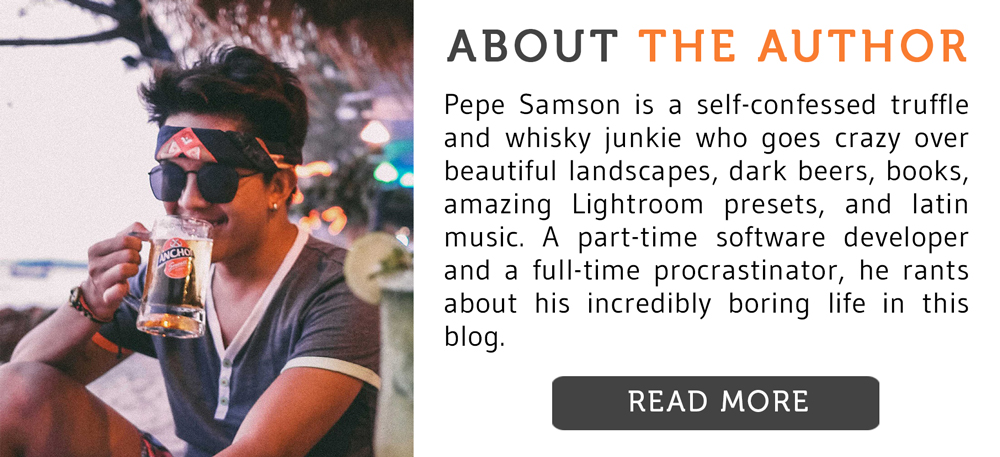
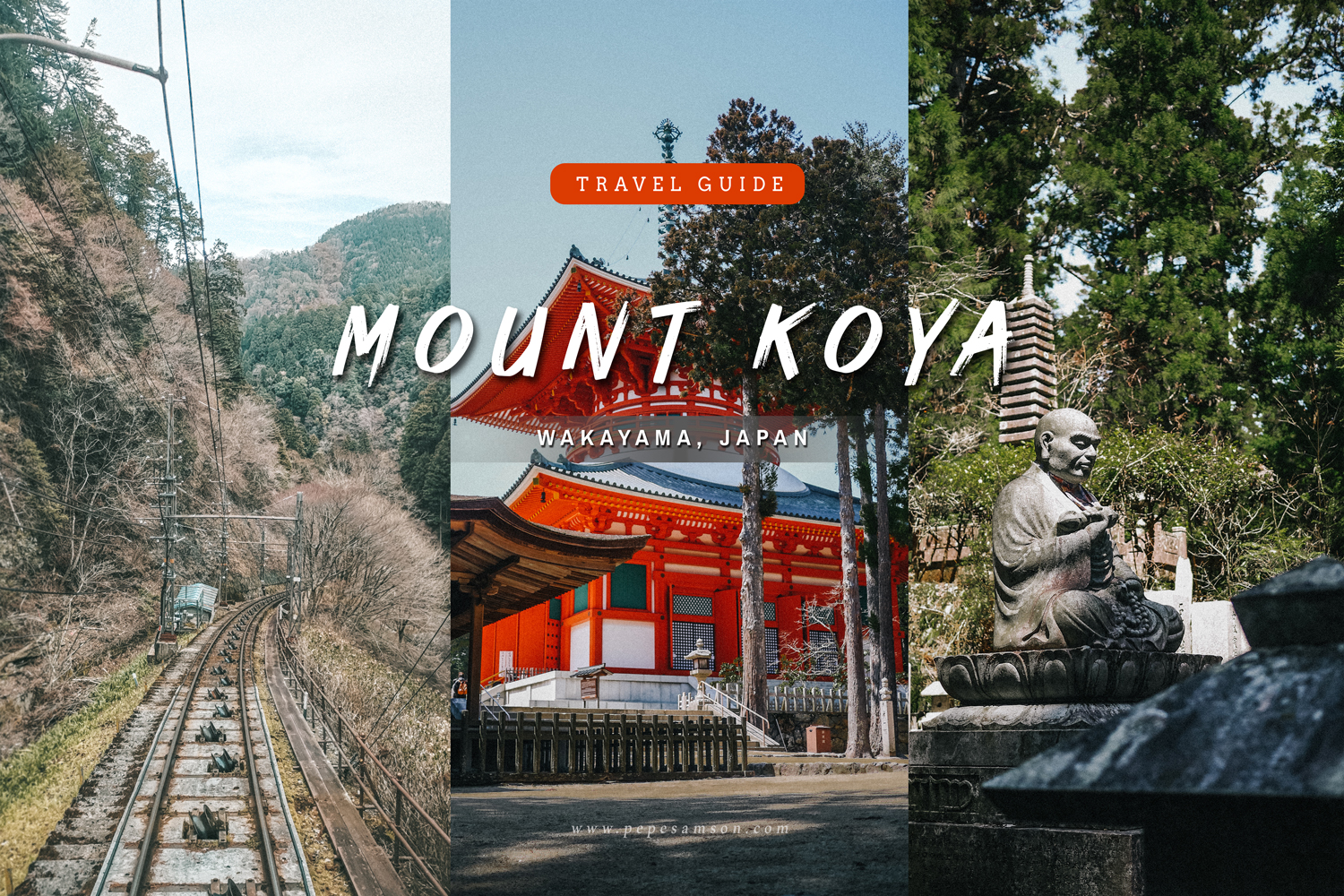

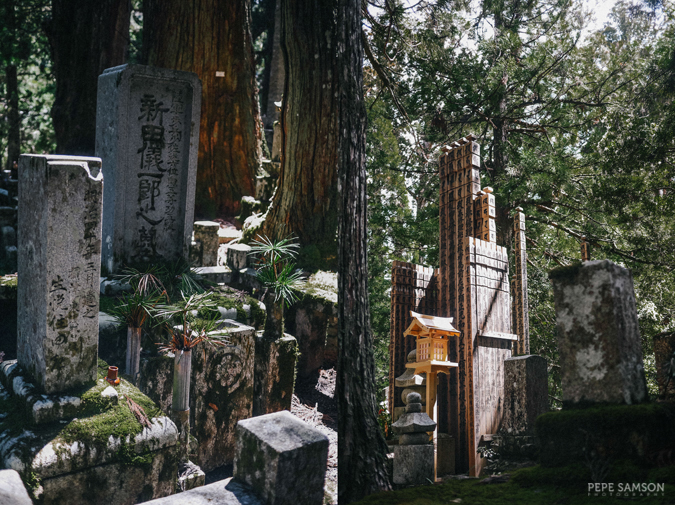
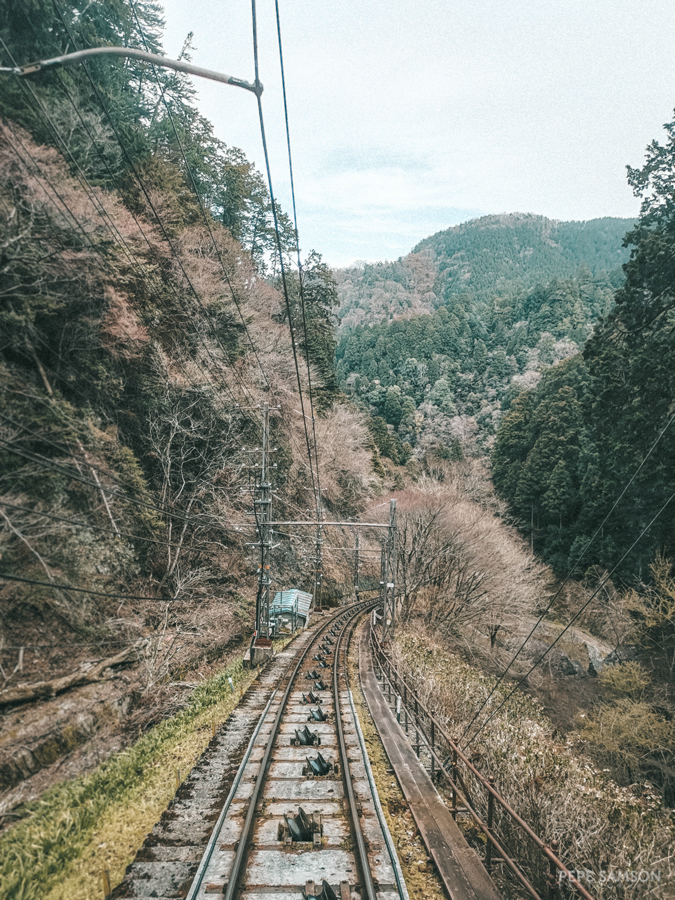







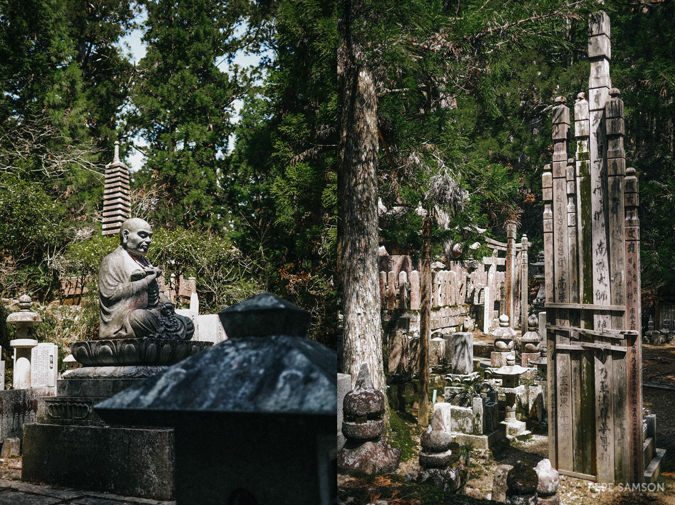
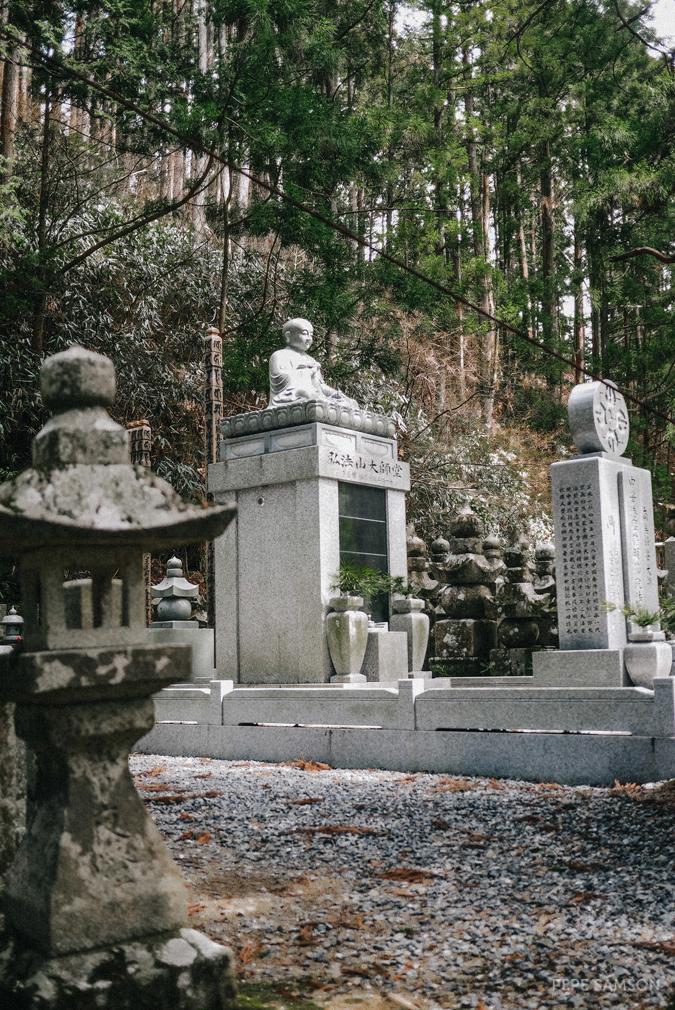
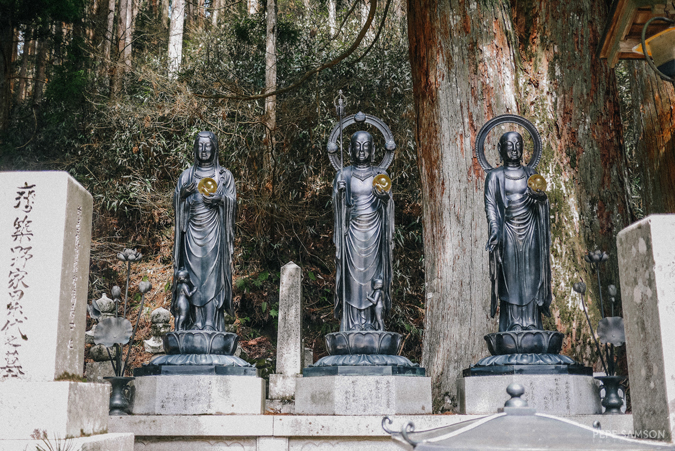
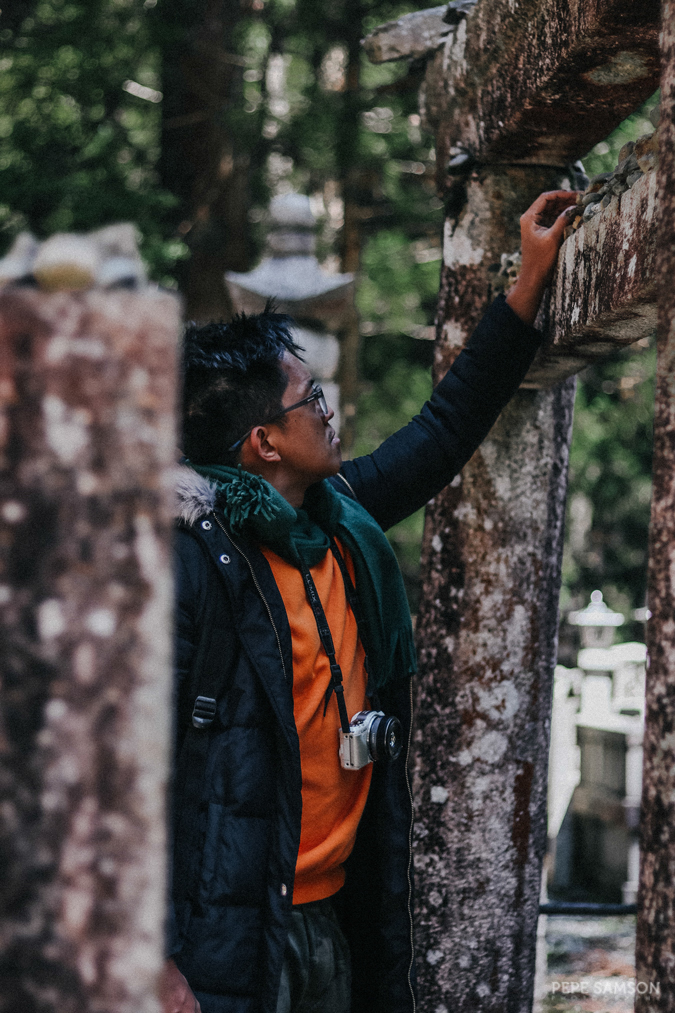
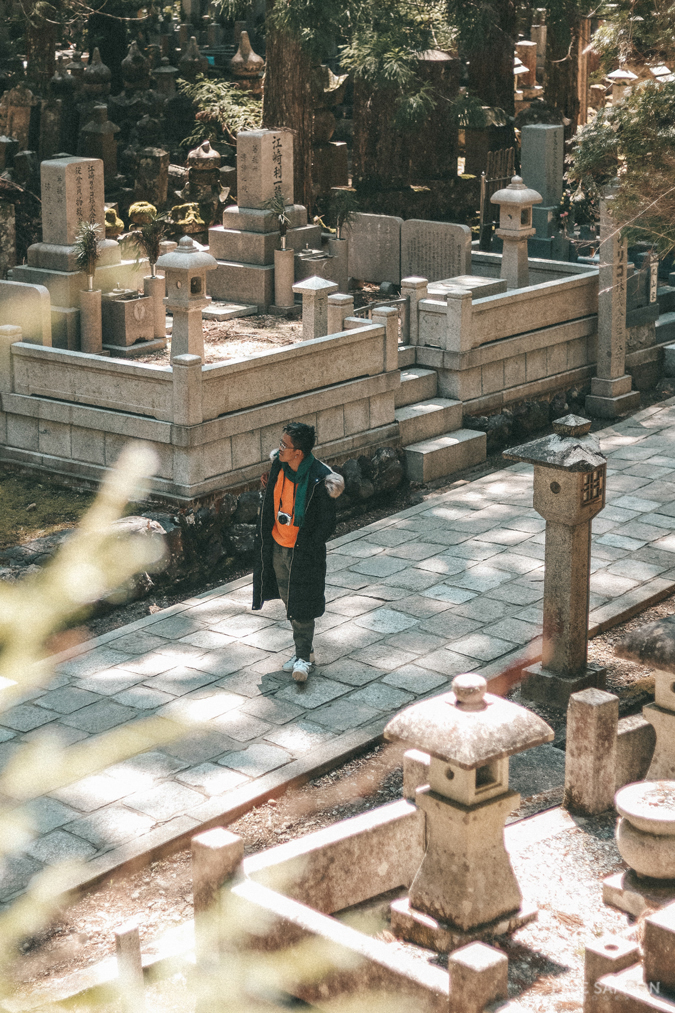

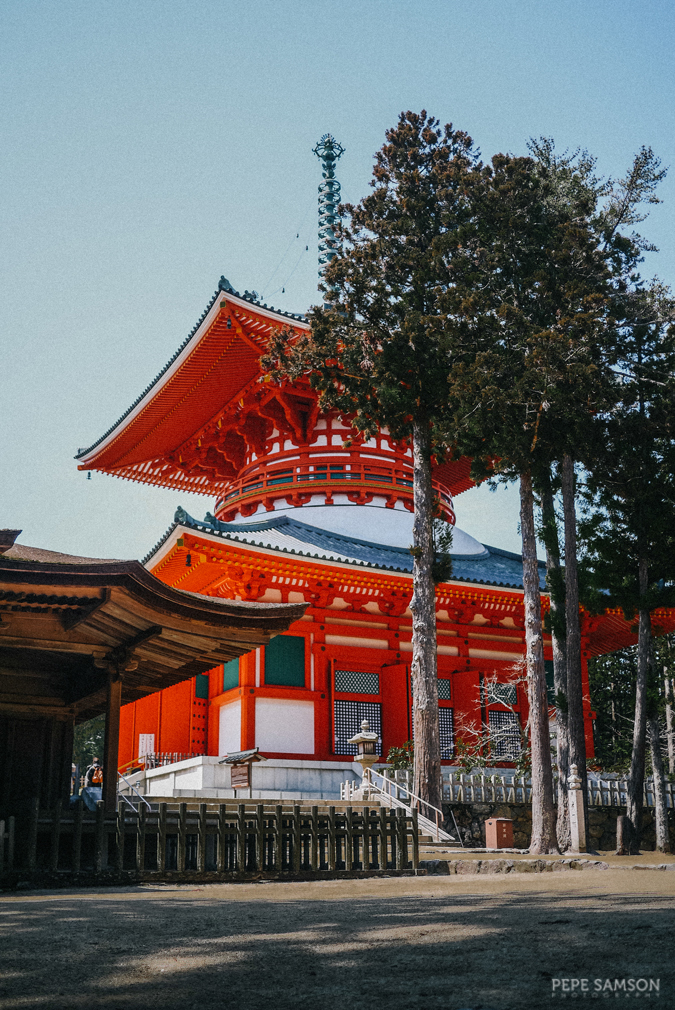
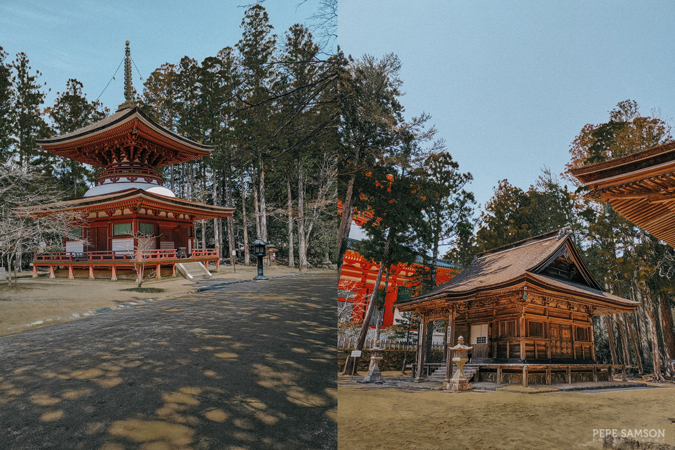

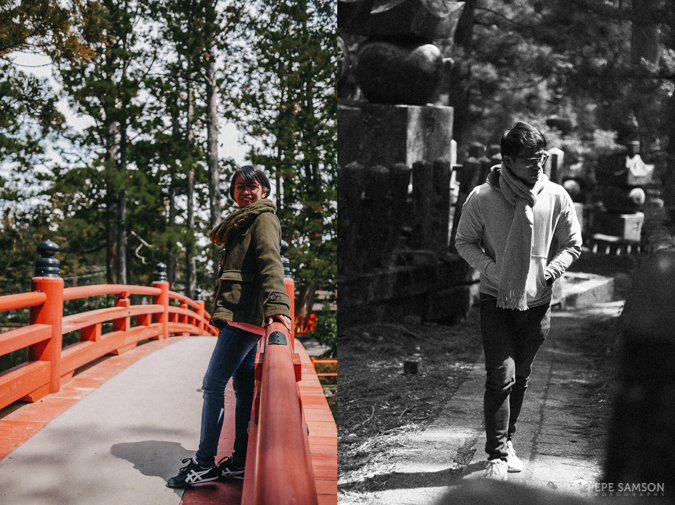


C343468FFA
ReplyDeleteCanlı Show Whatsapp
Görüntülü Sex
Whatsapp Görüntülü Show Numaraları